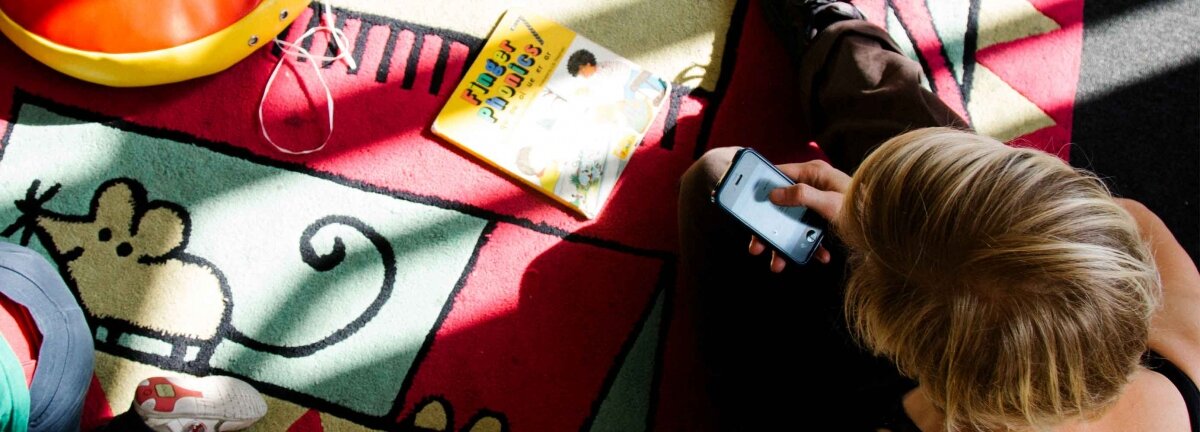KidsConnect: How we went from prototype to app

KidsConnect was a Knee High Design Challenge finalist and is now a successful app helping parents in Southwark and Lambeth to discover and engage in free activities in their local areas, overcoming social isolation and helping families to connect with their local community. KidsConnect founders, Tracey Gilbert and Hannah White, talked to us about the process of taking a paper prototype and turning it into a real mobile app.
Supposing is good, but finding out is better
The idea for KidsConnect came from our own frustration as parents unable to easily find up-to-date, accurate information. It was reasonable to suppose that if we felt this way other parents and carers would too. That was a great starting point, but the idea turned became real the first time we tested it. Test your idea early, easily and cheaply. We started with Survey Monkey ( a free online survey tool) and asked 100 people about problems they faced. Armed with that knowledge we created a booklet with the information we thought should appear on an app and tested this with users of a local children’s centre.
Pay attention to what users do, not what they say
People were very excited by the idea of a mobile app and told us ALL of the things they wanted an app to do. We collected lots of stories, but the most important knowledge we gained was what information people had actually used and what impact that information had really had. We settled on our top priorities for version 1 and agreed a realistic scope that meant we could get to market quickly and start making a difference.
If your idea needs a tech build and you're not a tech coder it's time to partner
Lots of people with great ideas for technical products do not have a technical background, so finding a partner to build your solution can feel very scary. We took a structured approach to finding our tech partner, creating a brief with the problem, the user experience and the scope of what we wanted to build. This was written in non-technical terms using personas (pen pictures of types people we saw as users) and pictures of what experiences we would want them to have. We asked our networks for recommendations and invited those companies to pitch for our work. We shortlisted and interviewed two companies before making our final decision.
A good technical partner will build with you, not for you
A key criteria for choosing the tech partner was their willingness to have us as part of their team. We built a joint dev plan and went to their offices every week. Whilst we didn’t go for a full Agile approach, we did use some Agile principles including arranging our requirements into small chunks that were prioritized as we tested and working in short sprints ending with a demonstration of what had been built. The skills we acquired allow us to be more self sufficient today. It took 12 weeks to design the user interfaces, built the back end and the processes needed to manage the app and data once it went live.
Strive for continuous improvement, instead of perfection
Building technology takes time and money – lots of it! We keep users at the heart of our plans through constant feedback to continuously improve the KidsConnect proposition. Many changes we have made have been small and inexpensive or not included build technology at all. We are now in the middle of a big tech build of a new version of KidsConnect which will unlock even more value for our users.
Subscribe to our newsletter
Want to keep up with the latest from the Design Council?
